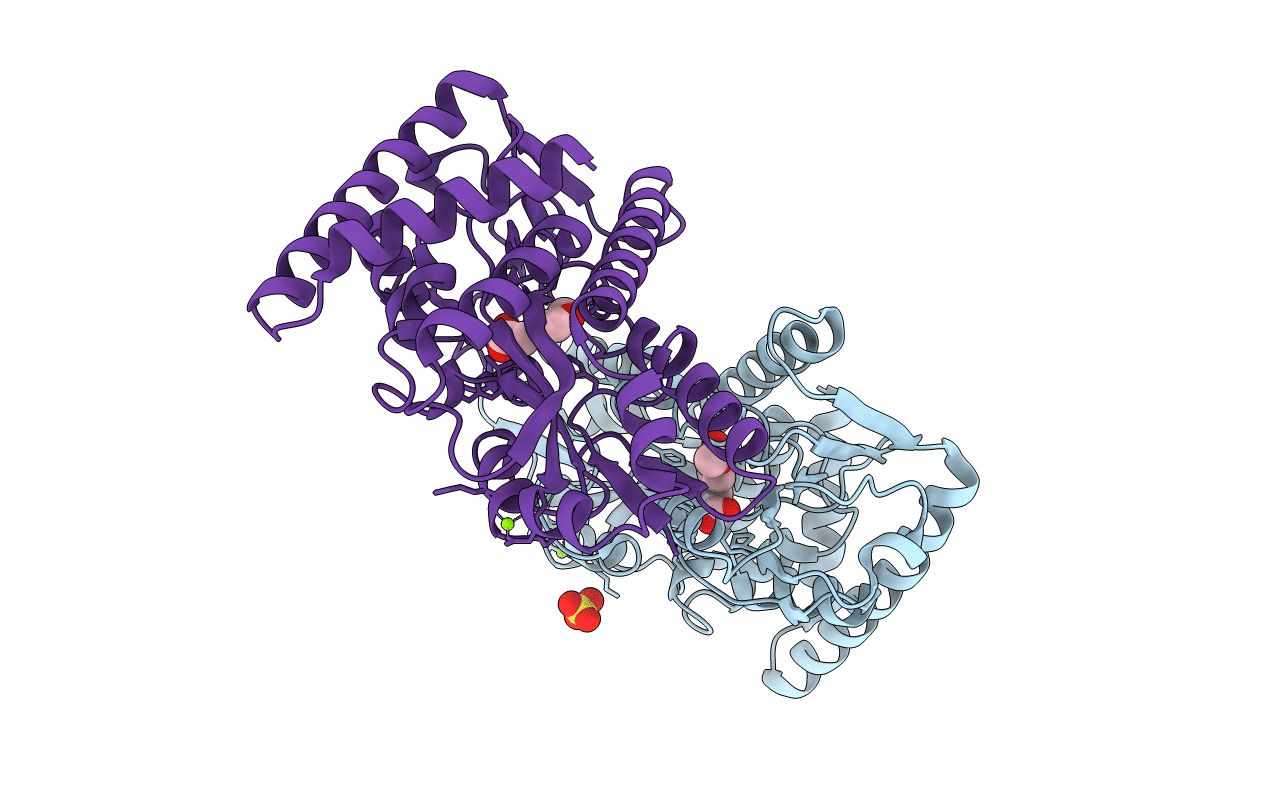
Deposition Date
2021-03-09
Release Date
2021-10-06
Last Version Date
2024-01-31
Entry Detail
PDB ID:
7NTD
Keywords:
Title:
The structure of the SBP TarP_Csal in complex with ferulate
Biological Source:
Source Organism:
Host Organism:
Method Details:
Experimental Method:
Resolution:
1.75 Å
R-Value Free:
0.25
R-Value Work:
0.19
Space Group:
P 1


